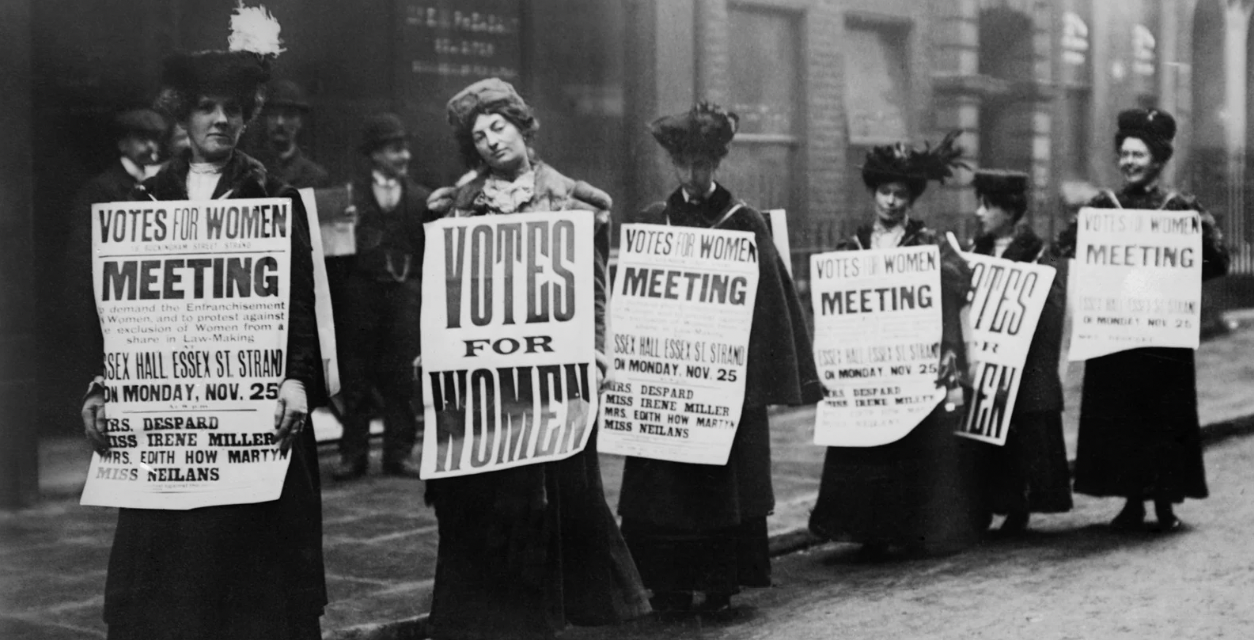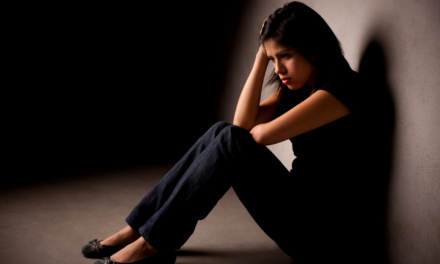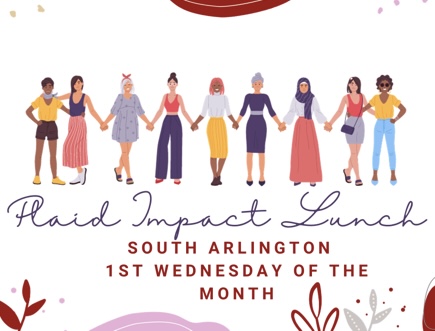On August 26, 1920, women in the United States woke up to a new reality. The 19th Amendment had been certified, and for the first time, women across the nation had the undeniable right to vote. But that moment didn’t arrive quietly. It came on the heels of decades of bold steps, brave defiance, and unrelenting hope.
A Gathering That Sparked a Fire
Picture it—Seneca Falls, 1848. A small group of women and men, weary of being silenced, gather in a church. Elizabeth Cady Stanton reads the words that would ripple through history: “We hold these truths to be self-evident, that all men and women are created equal.” The room shifts. A movement is born.
One Vote That Changed Everything
Fast forward to 1872. Susan B. Anthony strides into a polling station, head high, heart steady. She knows what she’s about to do is illegal. She casts her ballot anyway. Arrest. Trial. Fine. But more importantly? She plants a seed of courage in thousands of women watching.
Marching Into History
On a cold March day in 1913, the streets of Washington, D.C., swell with women in white dresses and sashes, marching shoulder to shoulder down Pennsylvania Avenue. They are jeered at, shoved, even attacked. Yet they keep marching, their voices rising above the chaos: “Votes for Women!” The whole nation turns its head.
Silent But Unshakable
By 1917, suffragists take their stand outside the White House. Day after day, rain or shine, they hold banners asking how America can call itself a democracy while denying half its citizens the vote. They are mocked, jailed, and brutally force-fed during hunger strikes. But their silence speaks louder than words: we will not give up.
The Day the Door Opened
And then, in August 1920, it happens. One young Tennessee legislator, swayed by a note from his mother urging him to “be a good boy,” casts the deciding vote. The 19th Amendment is ratified. Days later, it is certified into law. At last, women step into the voting booth as full citizens.
Why It Still Matters
These stories aren’t just history—they’re reminders. Reminders that progress is never handed over easily. That courage often looks like marching in the face of ridicule, or standing silently in protest when no one wants to listen. Women’s Equality Day isn’t just about the past—it’s about remembering that every time we use our voice, every time we show up, we honor those who refused to be silent.
This is our torch now. The question is: how will we carry it forward?
On August 26, 1920, women in the United States woke up to a new reality. The 19th Amendment had been certified, and for the first time, women across the nation had the undeniable right to vote. But that moment didn’t arrive quietly. It came on the heels of decades of bold steps, brave defiance, and unrelenting hope.
A Gathering That Sparked a Fire
Picture it—Seneca Falls, 1848. A small group of women and men, weary of being silenced, gather in a church. Elizabeth Cady Stanton reads the words that would ripple through history: “We hold these truths to be self-evident, that all men and women are created equal.” The room shifts. A movement is born.
One Vote That Changed Everything
Fast forward to 1872. Susan B. Anthony strides into a polling station, head high, heart steady. She knows what she’s about to do is illegal. She casts her ballot anyway. Arrest. Trial. Fine. But more importantly? She plants a seed of courage in thousands of women watching.
Marching Into History
On a cold March day in 1913, the streets of Washington, D.C., swell with women in white dresses and sashes, marching shoulder to shoulder down Pennsylvania Avenue. They are jeered at, shoved, even attacked. Yet they keep marching, their voices rising above the chaos: “Votes for Women!” The whole nation turns its head.
Silent But Unshakable
By 1917, suffragists take their stand outside the White House. Day after day, rain or shine, they hold banners asking how America can call itself a democracy while denying half its citizens the vote. They are mocked, jailed, and brutally force-fed during hunger strikes. But their silence speaks louder than words: we will not give up.
The Day the Door Opened
And then, in August 1920, it happens. One young Tennessee legislator, swayed by a note from his mother urging him to “be a good boy,” casts the deciding vote. The 19th Amendment is ratified. Days later, it is certified into law. At last, women step into the voting booth as full citizens.
Why It Still Matters
These stories aren’t just history—they’re reminders. Reminders that progress is never handed over easily. That courage often looks like marching in the face of ridicule, or standing silently in protest when no one wants to listen. Women’s Equality Day isn’t just about the past—it’s about remembering that every time we use our voice, every time we show up, we honor those who refused to be silent.
This is our torch now. The question is: how will we carry it forward?













